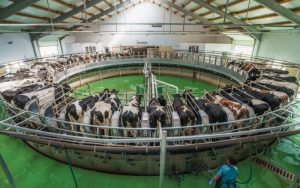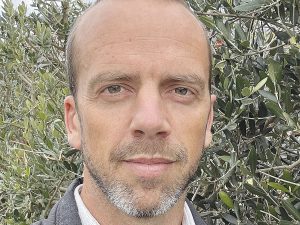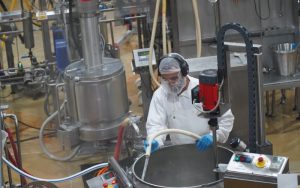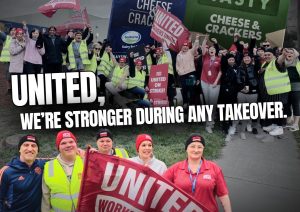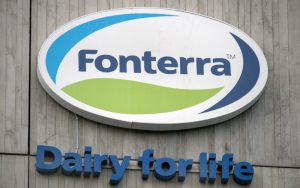
The scheme from the He Waka Eke Noa multi-sector partnership released on Wednesday was “almost the lesser of two evils” but one that still had big uncertainties, said Waikato Federated Farmers dairy chairperson Andrew Reymer.
The proposal will now be considered by the Government.
It’s suggested farmers and other sectors involved in the He Waka Eke Noa scheme – which would be introduced in 2025 – would pay levies based on methane (stock burping) and nitrous oxide (urine and fertliser) emissions. This would be offset by credits for actions to reduce emissions and soaking up carbon through plantings.
Modelled costs of the scheme after levies and credits are applied are just $1770 in 2025 for a Waikato/Bay of Plenty dairy farm producing just under 135,000 kg of milk solids.
However, that cost would rise to just under $5230 in 2030 under one scenario or nearly $6500 under another. The top impact on economic farm surplus under these scenarios is minus 1.7 per cent.

Reymer said those costs aren’t so scary in themselves. “They don’t sound too extreme.”
But he understood they were based on the Government’s current discount of only 5% of emissions attracting a charge.
That could always change, potentially exposing farmers to costs of “hundreds of thousands of dollars” under a worst case scenario, said Reymer.
“I don’t think there’s any certainty,” he said, saying he believed many Waikato dairy farmers would share his concerns.
“Our fear is that [discount rate] could just keep changing over time.
“There’s no real numbers on when that parameter’s going to change. The devil’s in the detail.”
While the He Waka Eke Noa process had been promoted as a better alternative, there remained a lot of detail to be finalised so he wasn’t ultimately sure if the scheme would be better than the ETS.
“It’s not guaranteed that it is.”
But farmers had been willing to back the He Waka Eke Noa process for now. “It’s almost the lesser of two evils.”
He would wait and see how things panned out. “Uncertainty is the biggest thing.”

A Ngahinapouri sharemilker Hayden van der Poel, 27, agreed with Reymer that there was still a lot of uncertainty and concern for the dairy industry under the He Waka Eke Noa proposal.
Of the suggested financial impacts on Waikato and Bay of Plenty dairy farms, van der Poel said: “My greatest concern would be the extra workload rather than those modelled costs.”
There would be more “hassle” and cost involved in reporting and managing emissions, which may require outside help.
“It’s the way farming’s going, a lot of administration, accountability and extra costs.”
Van der Poel was also concerned about how the costs and time involved in emissions management could impact on “my career and farm ownership”.
He was also worried about how much effort might need to be put into planting to reduce gross costs of being in the scheme. “We don’t really want to be forest farmers to offset the cost of our day jobs.”
Efforts to reduce emissions would add to the overall complexity of farming. “It’s a bit of a distraction from what our skill sets are…my skills are not regulation based,” van der Poel said.
Meanwhile, his uncle Jim van der Poel, chairperson of sector heavyweight DairyNZ, insisted in a statement Wednesday that the proposal was “a win-win that will achieve the best outcomes for farmers and New Zealand”.
“Unlike the ETS…[this] system will actually reduce emissions, and will recognise and incentivise on-farm actions.”
It would also enable farmers to continue running successful businesses.
“We believe the system is credible, robust, delivers on farmer feedback and meets the Government’s environmental outcomes,” said Jim van der Poel.
Beef and Lamb New Zealand’s chairperson Andrew Morrison acknowledged the proposal was not perfect but was significantly better than the ETS for farmers.
However, his organisation believed He Waka Eke Noa analysis underestimated the impact of the scheme on sheep and beef farmers’ profitability and the emissions reductions likely to occur at modelled prices.
He said “the original analysis could imply that a far higher price per kilogram for methane is needed to meet the 2030 emissions targets – but this higher price would be crippling to many sheep and beef farmers and would likely see an overshoot in the targets”.
His organisation would continue to work with the Government on the way forward, along with other He Waka Eke Noa partners.





